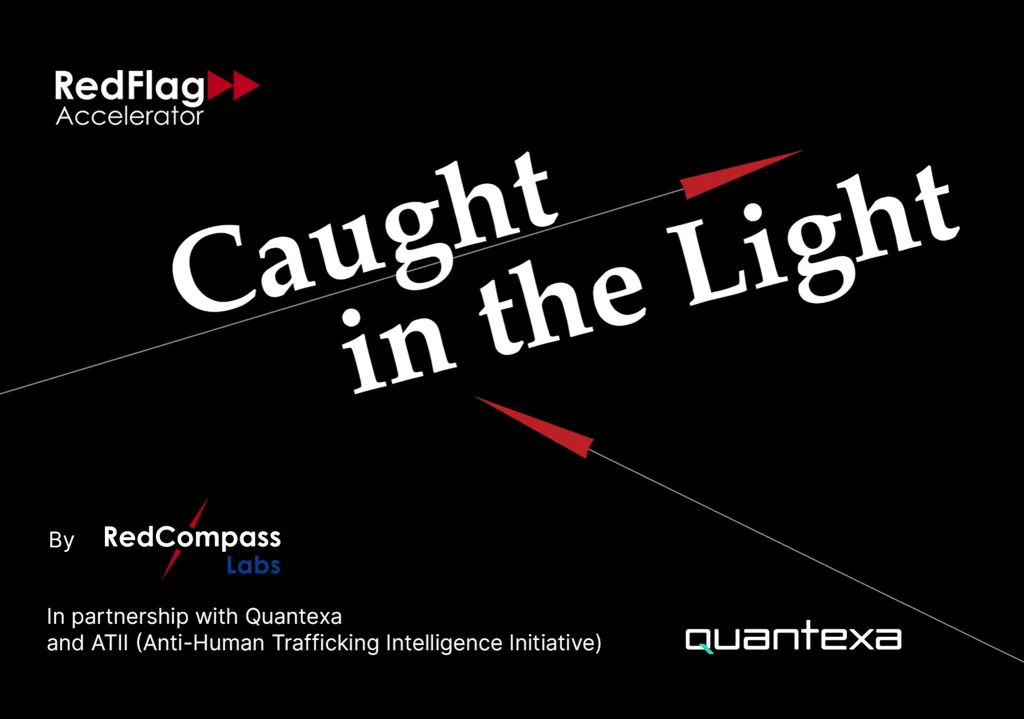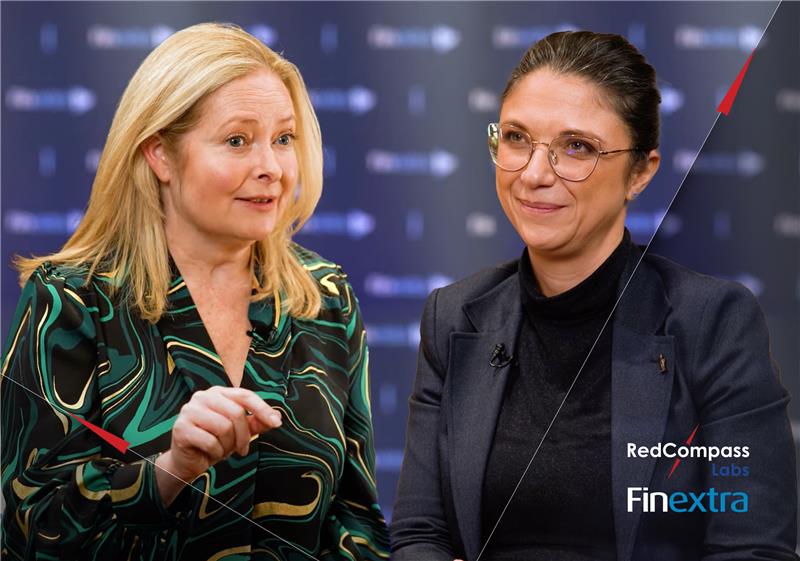Can EU banks compete with Visa and MasterCard?
Banks in the EU are getting ready to launch a new European Payments Initiative, which could edge out Visa and MasterCard. But have they chosen the right battlefield? And is this the right time?
On July 2nd, 16 Tier-1 banks announced their intention to launch a new European Payments Initiative (EPI) to create a unified pan-European payment system by 2022. In addition to offering a digital wallet and P2P (person-to-person) payments, it will also offer a card service for consumers and merchants across Europe. The initiative will empower banks across the European Union to compete directly with the card networks of Visa and MasterCard, as well as helping to fend off the threat posed by tech giants such as Alipay and Google.
But, the news comes at a time when Visa and MasterCard are taking clear actions to reach beyond their traditional card network space. Actions that are driven by regulatory pressure on interchange fees, alternative solutions such as Request to Pay, and fresh new competitors entering the market.
So, in which direction are Visa and MasterCard pivoting, and on which battlefield should banks in Europe choose to compete with them?
Visa & MasterCard are moving beyond traditional cards
Visa and MasterCard are expanding their dominance beyond cards. The two giants have been partnering with influential players in the market, and they have signed acquisition deals that enable them to diversify their revenues and create more powerful digital payment ecosystems.
Let’s look at three recent examples:
- In June 2019, the P27 Nordic Payment Initiative selected MasterCard as their infrastructure partner
- In January this year, Visa signed a deal to buy Plaid for a record amount. This US fintech offers APIs that link consumer bank accounts to over 2600 FinTech apps that enable peer-to-peer transfers, stock trading, investing and more.
- In June, MasterCard signed a deal to buy Finicity, a provider of real-time access to financial data and insights, which helps them strengthen their existing Open Banking Platform.
Visa and Mastercard’s Annual Reports for 2019 show that their business models seem sound. They reported $23.0 billion and $16.9 billion net revenues respectively, an increase of 11% and 13% compared to the previous year. But is the card business model sustainable? Given the rapid growth in digital payment overlay services, will cards remain the primary method of payment in the coming years?
Is now the window of opportunity for banks to challenge Visa and Mastercard’s supremacy?
Changing spending habits takes time. It took years for cards to overtake cash, despite the readiness of the card infrastructure.
Competing with Visa and Mastercard in the traditional card network space is challenging. Their infrastructure is highly resilient, their service is almost ubiquitous, and they offer outstanding customer protection. It will be interesting to see how the EPI initiative unfolds against this stiff competition in the card space.
However, in the electronic payments space, banks may have the winning advantage. In recent years, regulations have forced banks in Europe to transform their payment infrastructure. First, with the implementation of the ISO 20022-based SEPA payment scheme. Then subsequently, the introduction of the SEPA Instant Credit Transfer (SEPA Inst) scheme (which EDI will leverage). Driven by PSD2, Open Banking has helped banks expose their data to the FinTech ecosystem, and now the global migration to ISO20022 financial messaging is making payment platforms interoperable.
Now is the time for banks to leverage the foundations they have laid. Banks need to accelerate the creation of a customer-centric ecosystem to increase payment volumes across these payment rails. Innovative overlay services (perhaps delivered by fintech partners) which offer consumers, SMEs and corporates frictionless, invisible payments are required. And, banks must match the resilience and consumer protection of card services.
Mastercard and Visa will not be easy opponents. They have an incredible partner network, leading-edge technology, and thanks to Open Banking regulation, the ability to connect directly to banks to transform their network to a hybrid that can process both card and electronic payments.
Competition drives innovation. Regardless of who comes out on top, the next phase of payment innovation in Europe has just shifted up a gear.
Integrating new market changes – like the ones described in this article – into your payments strategy is not always straightforward. Feel free to reach out to our team if you need help to optimise your future payment strategy and infrastructure.
RedCompass Labs has vast experience scrutinising the market and providing pragmatic recommendations that can help you to realise the full potential of the Future of Payments.
Share this post
Written by

RedCompass Labs
Resources





